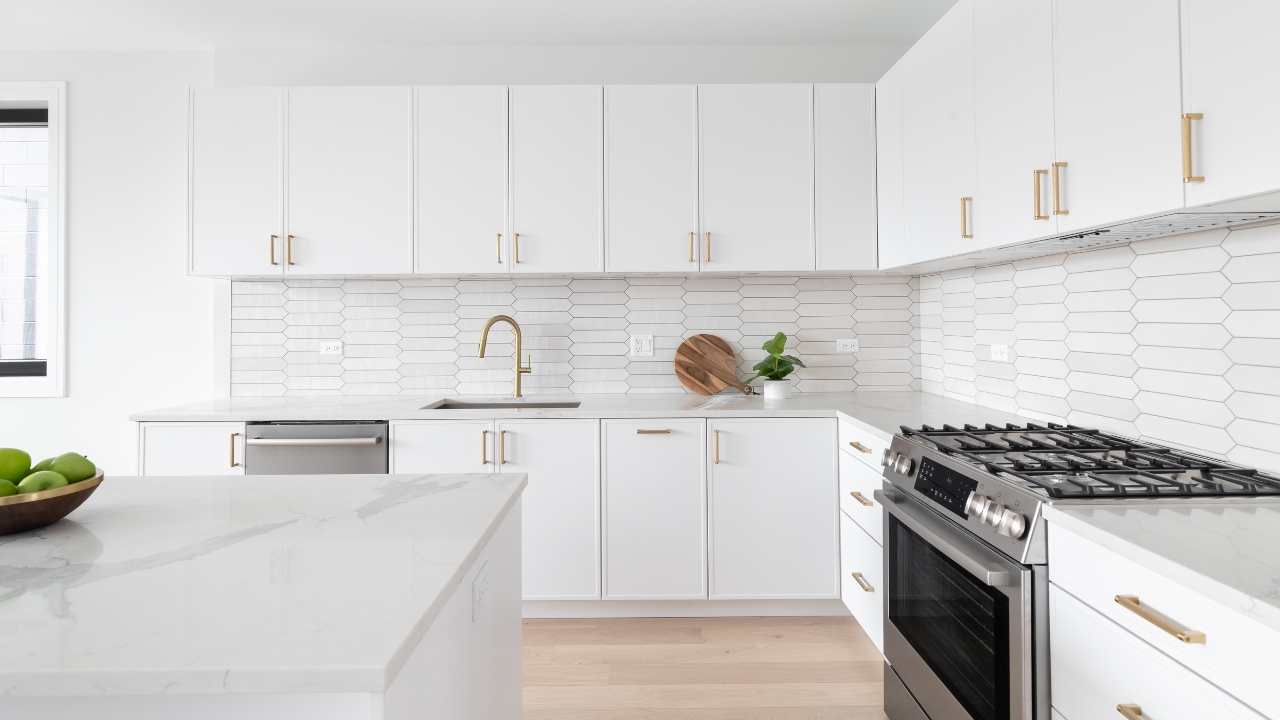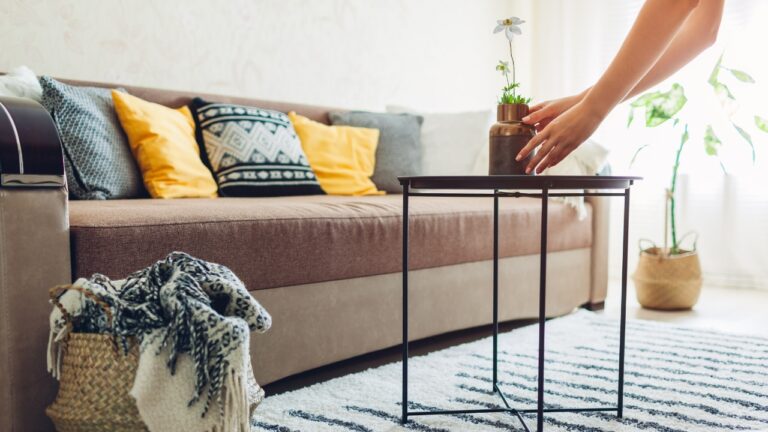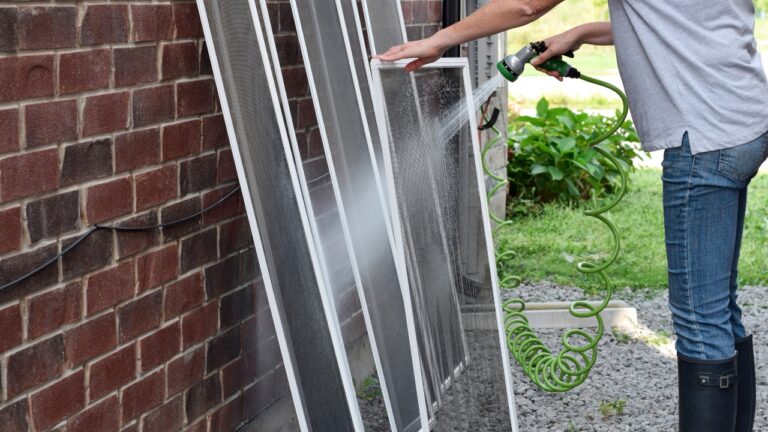8 things designers stopped recommending this year
Design trends move fast, and designers have officially started ditching some of the looks they used to swear by. What felt fresh five years ago now makes a home feel dated or overly curated.
This year, the shift is toward warmth, comfort, and authenticity—spaces that feel lived-in instead of staged. If you’re updating your home and want it to feel current, skip these design choices that most professionals have quietly stopped recommending.
All-gray interiors
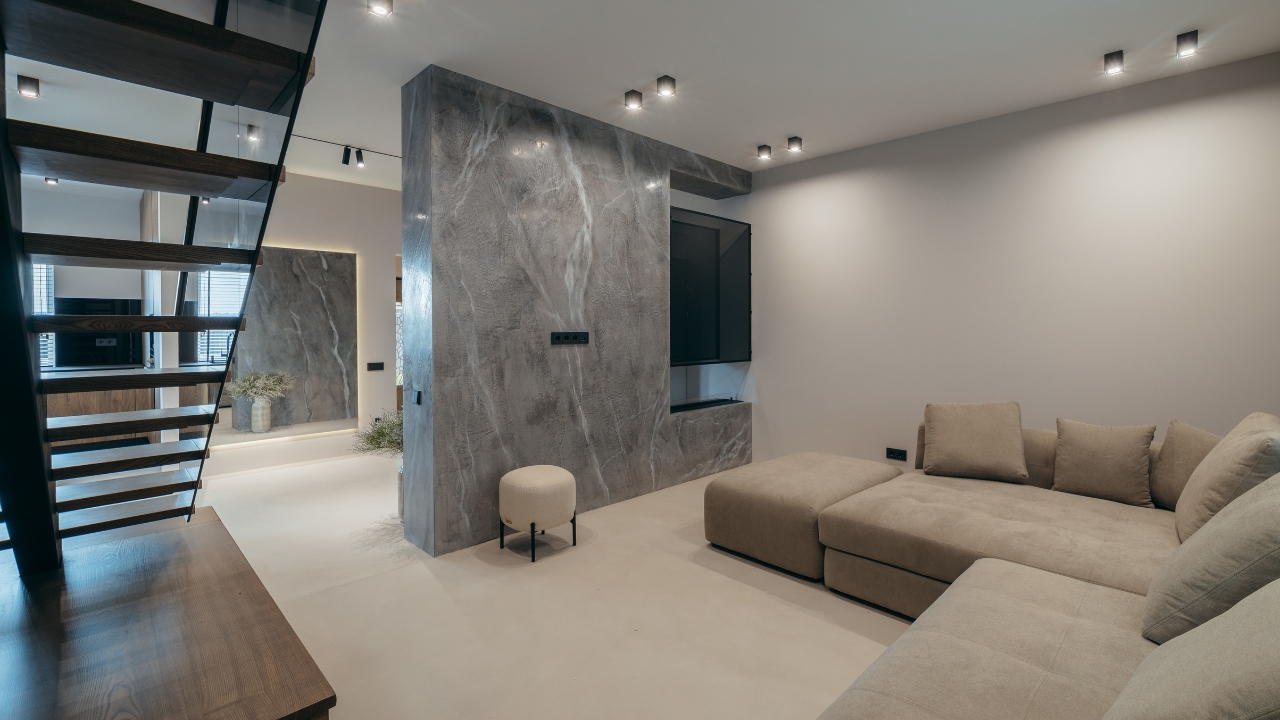
Designers are moving away from cold, monochromatic gray. While it used to be a go-to neutral, too much of it makes a space feel flat and lifeless.
Now the trend leans toward warmer tones—think soft taupe, mushroom, or greige. These shades still feel neutral but add depth and comfort that gray simply can’t.
Floating shelves in every room

Floating shelves had a long run, but designers are realizing they’re better in moderation. They look great in photos but often lead to clutter and constant restyling in real life.
Built-ins, cabinets, or shelves with hidden brackets are taking their place. They provide the same visual interest without the impractical upkeep.
Matching furniture sets

Buying a full living room or bedroom set used to be the shortcut to “put together.” Now, it’s the fastest way to make a home feel dated and impersonal.
Designers prefer mixing finishes, textures, and silhouettes. It adds personality and looks more natural—like the pieces evolved together over time instead of being bought all at once.
Barn doors

Once a farmhouse staple, sliding barn doors are officially out. They don’t block sound well, they scrape walls, and they’ve been overused in every style of home.
Pocket doors or classic panel doors are replacing them. They’re quieter, take up less space, and feel timeless instead of trendy.
Word art and signs
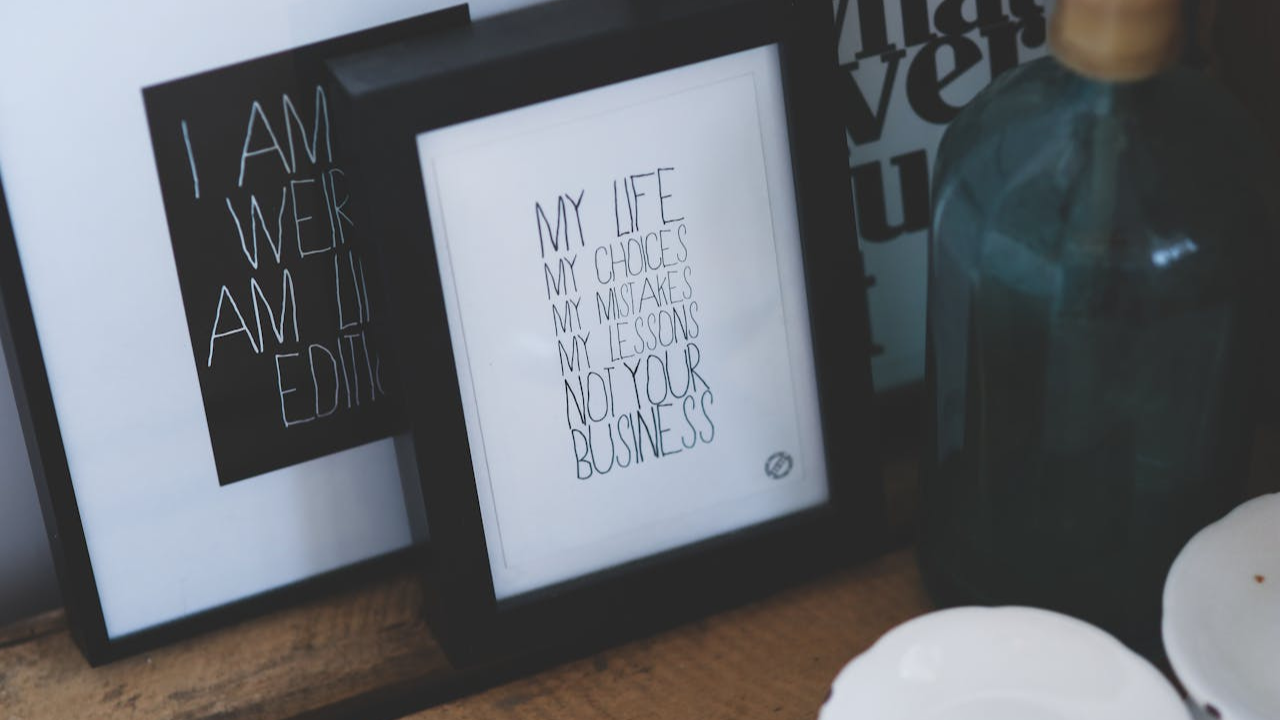
“Live, Laugh, Love” had its time, but designers are ready to move on. Oversized word signs feel cliché and distract from more meaningful decor.
Framed artwork, textiles, or vintage pieces now take priority. They bring personality without spelling it out—literally.
White-on-white kitchens
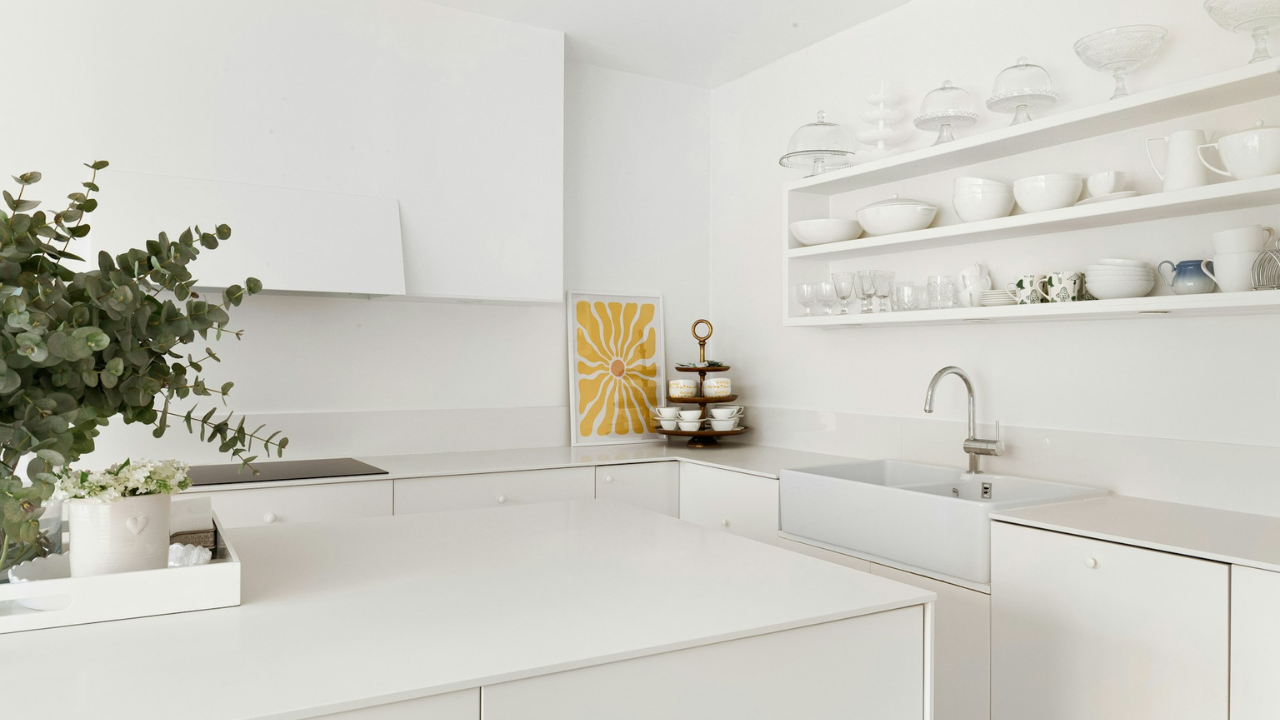
The all-white kitchen still looks clean, but designers have shifted toward warmth and texture. Too much white feels sterile and high-maintenance.
You’ll see more wood tones, natural stone, and mixed metals this year. Those layers make kitchens feel more relaxed and inviting instead of cold and over-polished.
Ultra-modern lighting

Sculptural light fixtures had their moment, but designers are stepping back from fixtures that look more like art installations than lighting. They tend to date a room fast and dominate the space.
This year’s lighting trends are softer and subtler—shapely but functional, with warmer tones and materials like linen, brass, and rattan.
Minimalist everything

Designers aren’t pushing extreme minimalism anymore. Bare walls, empty corners, and all-neutral rooms might look clean, but they don’t feel personal.
The new direction leans toward “edited comfort”—spaces that are uncluttered but lived-in. Think fewer things, but better ones, layered with texture and warmth that feel authentic instead of staged.
*This article was developed with AI-powered tools and has been carefully reviewed by our editors.

